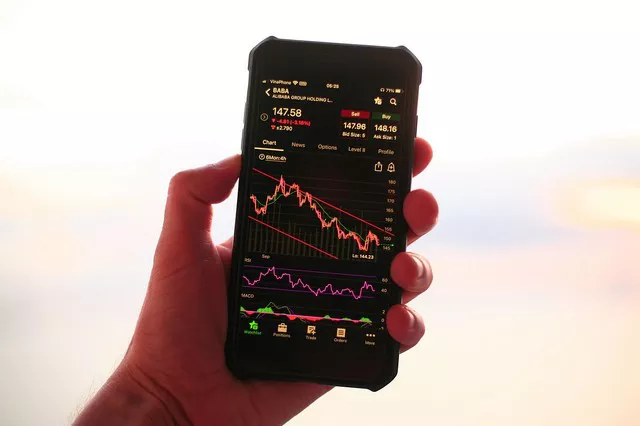Futures trading has been around for centuries, used by traders to hedge against price fluctuations and lock in profits. However, investing in futures can be a risky endeavor, as prices can fluctuate rapidly and cause significant losses. In this article, we will examine the benefits and drawbacks of investing in futures and explore strategies to mitigate risk.
What are Futures?
A futures contract is an agreement between two parties to buy or sell an asset at a predetermined price and date in the future. The asset in question can range from commodities like wheat, gold, and crude oil, to financial instruments like stocks, bonds, and currencies. Futures contracts are traded on exchanges and are standardized in terms of quality, quantity, delivery time, and location.
Advantages of Investing in Futures:
Leverage – Futures trading allows investors to control large amounts of underlying assets with only a fraction of the capital required. This amplifies potential gains but also increases potential losses.
Liquidity – Futures markets are highly liquid, with large volumes of daily transactions. This makes it easy for investors to enter and exit positions quickly, without affecting market prices.
Diversification – Futures allow investors to diversify their portfolios beyond traditional asset classes like stocks and bonds. This can help reduce overall portfolio risk by spreading investments across different markets and sectors.
Disadvantages of Investing in Futures:
Volatility – Futures prices can be highly volatile, particularly in commodity markets where supply and demand factors can change rapidly. This can lead to unexpected losses and margin calls.
Complexity – Futures markets can be complex and require advanced knowledge of pricing models, technical analysis, and market fundamentals. Novice traders may struggle to navigate the intricacies of futures trading.
Counterparty Risk – Futures contracts are usually traded through intermediaries, such as brokers and clearing houses. This introduces counterparty risk, as investors rely on these entities to fulfill their contractual obligations.
How to Invest in Futures
Investing in futures requires a high level of discipline and risk management. Here are some strategies that investors can use to mitigate risk and maximize returns.
Develop a Trading Plan:
Investors should develop a clear trading plan that includes entry and exit points, stop-loss orders, and profit targets. They should also have a comprehensive understanding of the underlying assets and market dynamics that affect their prices.
Use Risk Management Tools:
Investors can use risk management tools like stop-loss orders, which automatically close out positions when losses exceed predefined levels. They can also use options contracts to hedge against unfavorable price movements, or diversify their portfolios across multiple markets and sectors.
Stay Informed:
Investors should stay informed about market developments, economic indicators, and geopolitical events that can affect futures prices. They can use news feeds, social media, and analytical tools to monitor market trends and adjust their positions accordingly.
Case Study: Futures Trading in the Commodities Market
To better understand the potential benefits and risks of futures trading, let’s take a closer look at the commodities market. The commodities market is one of the most popular markets for futures trading, with contracts available for agricultural products like wheat and corn, energy products like crude oil and natural gas, and precious metals like gold and silver.
Benefits of Trading in the Commodities Market:
Inflation Hedge – Commodities prices tend to rise during periods of high inflation, making them an effective hedge against inflation risk.
Diversification – Investing in commodities can help diversify a portfolio beyond traditional asset classes like stocks and bonds, as commodity prices are often influenced by factors that are different from those affecting other assets.
Global Demand – As emerging economies continue to grow, the demand for raw materials is likely to increase, potentially leading to higher prices and greater profits for investors.
Risks of Trading in the Commodities Market:
Volatility – The commodities market is highly volatile and subject to sudden price swings based on factors like weather patterns, geopolitical events, and changes in supply and demand.
Leveraged Investments – Futures contracts require only a small margin deposit, but this allows investors to control large amounts of underlying assets. This can amplify potential gains, but also lead to significant losses.
Physical Delivery Risk – Unlike financial instruments, commodities futures contracts typically require physical delivery of the underlying asset, which can present logistical challenges and additional costs for investors.
Conclusion
Futures trading can be a high-risk, high-reward investment strategy that requires careful consideration and risk management. While leveraging and liquidity make it a popular option for many traders, volatility and complexity make it a challenging one. Investors should carefully weigh the advantages and disadvantages of investing in futures before deciding whether or not it is worth the risk. By developing a solid trading plan, using risk management tools, and staying informed about market developments, investors can potentially reap substantial rewards in the futures market.


